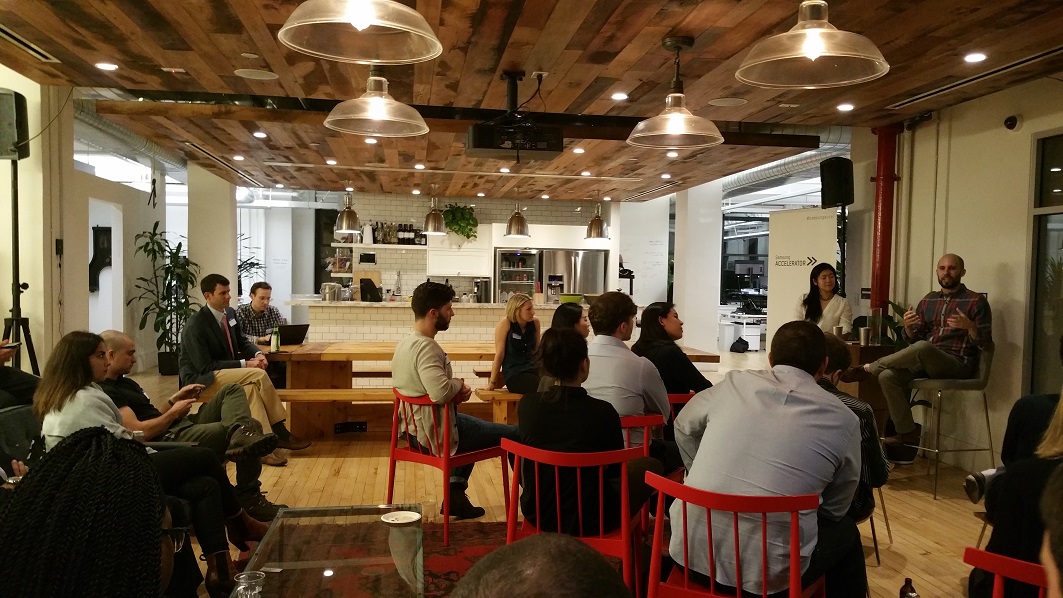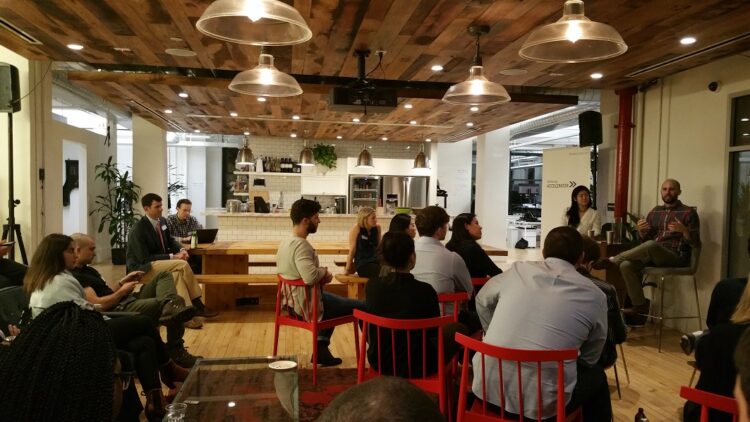
Funding is one of the biggest challenges and often a deterrent for most business founders. Insufficient funding is the primary reason why 80% of businesses fail within the first 18 months. There are at least 4 options to secure funding for businesses to achieve their goals and objectives.
Option 1: Venture Capital can be used to raise large amounts of capital from organizations, typically in exchange for equity and rapid growth. This can be a daunting and time consuming experience for the founder.
Option 2: Angel investors can be leveraged to raise limited amounts of capital from high-net-worth individuals, typically in exchange for equity and/or profit sharing.
Option 3: Government and private sector grants are sometimes available and usually involve a lengthy application process.
Option 4: Bootstrapping is the art of creative financing or alternate approaches to start a business with little or no money. Bootstrapping is often associated with organic growth and high personal risk.
Christina Bechold, one of the founders of Empire Angels, recently hosted a fireside chat at the impressive Samsung Accelerator location on the Art of Bootstrapping. Two successful NYC co-founders shared their experience that bootstrapping can be a realistic and rewarding experience.
Tze Chun, founder of Uprise Art, is passionate about providing art for spaces where you live and work. Her online gallery features artwork by the best emerging artists, and makes collecting original art easier and more affordable. Tze was featured in Forbes.com, Martha Stewart, Under30CEO and Marie Claire.
Will Nathan, co-founder and chairman of Homepolish, is determined to make your space beautiful. His interior design startup brings top decorating talent into homes and offices across the country. Will’s work at BuzzFeed as a front-end software developer was featured in Mashable, AdAge, and Digiday.
Tze and Will inspired us with their creative financing options to external fundraising. They have succeeded in building sustainable seven figure businesses without the help of venture capital firms or significant angel investment. Both Tze and Will began with inspiration and an investment of less than $1,000. They each made a conscious choice early on to bootstrap and currently remain inspired to stay the course.
Bootstrapping can be an attractive option for startups, as it offers founders the luxury of keeping their equity, time, and control of decisions. Time not spent pitching for funding can be re-invested to develop a superior product and service. Often the minimum viable product (MVP) can be delivered faster to enable customer acquisition and drive revenue.
Bootstrapping also incents founders to be aware of all resources available to them and to be adept at managing them in optimal and creative ways. Every investment is a complex decision with tradeoffs. Every decision matters, whether it is personnel, financial, product, or physical. “We think about sustainability on a daily basis,” noted Tze.
Tze and Will candidly shared the creative financing options that worked for them.
- personal savings
- friends and family round
- a small business loan from Bond Street
- acquiring talent by compensating for dollars with titles or options
- lean team and operations
Will also commented on the pitfalls of bootstrapping.
- It can feel quiet and lonely in the beginning without the instant credibility of a VC investment
- You have to wear many hats, some which you haven’t worn before
- There are tax disincentives associated with bootstrapping
Of course, it takes much more than financing to succeed. Perseverance, hard work, relationships, trust, and passion for the customer play a critical role in building a sustainable business.
“…We have done so much, with so little, for so long, we are now qualified to do anything, with nothing.” – Mother Teresa


